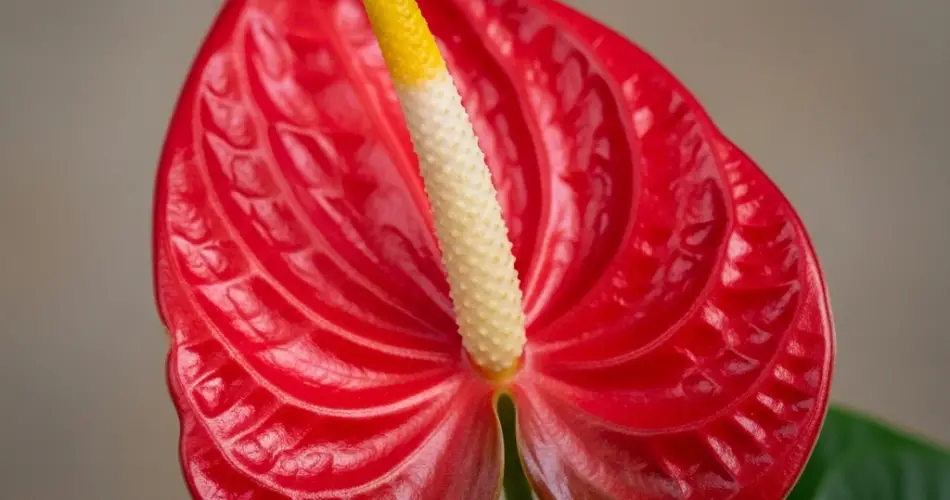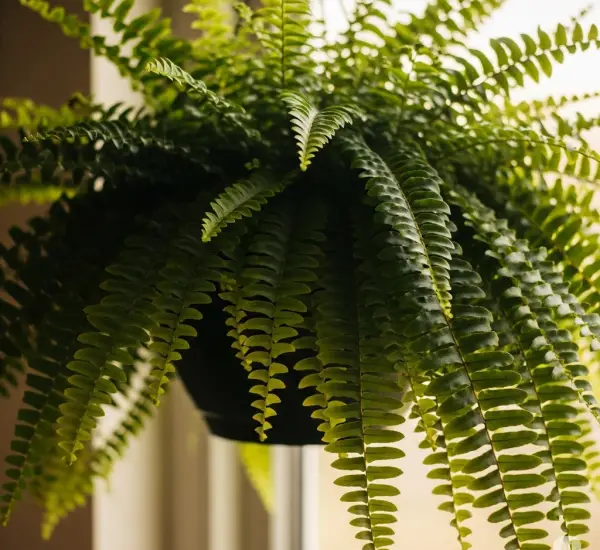The flamingo flower, also known as Anthurium andraeanum, is beloved for its glossy, heart-shaped leaves and long-lasting, waxy blooms that come in vibrant shades of red, pink, white, or purple. While relatively low-maintenance, this tropical plant can develop issues if its growing conditions aren’t just right. Whether you’re new to growing flamingo flowers or trying to troubleshoot a problem, understanding the most common issues and how to resolve them can help your plant thrive.
1. Yellowing Leaves
Cause: Yellow leaves are often a sign of overwatering. Flamingo flowers prefer consistently moist soil, but not soggy conditions. Overwatering can suffocate roots and lead to rot.
Fix: Check if the pot has proper drainage and that water isn’t pooling at the bottom. Allow the top inch of soil to dry before watering again. If the soil feels soggy or smells musty, repot the plant in a well-draining mix using a pot with drainage holes.
2. Brown Leaf Tips
Cause: Brown tips are commonly caused by low humidity, underwatering, or exposure to harsh chemicals in tap water (like fluoride or chlorine).
Fix: Mist the plant regularly, use a humidity tray, or place a humidifier nearby. Water with distilled or rainwater when possible. Also, check that the plant isn’t too close to heat sources or air vents, which can dry out the leaves.
3. Drooping Leaves and Flowers
Cause: Drooping can result from either underwatering or overwatering. It may also occur after transplanting or if the plant is in shock due to environmental changes.
Fix: Feel the soil. If it’s bone dry, give the plant a thorough watering. If it’s wet, let it dry out before watering again. Keep the plant in a warm, stable environment and avoid sudden temperature shifts or drafts.
4. Lack of Blooms
Cause: If your flamingo flower isn’t blooming, it could be due to insufficient light, lack of nutrients, or incorrect temperature.
Fix: Make sure the plant receives bright, indirect light. Avoid direct sunlight, which can scorch the leaves. Use a balanced liquid fertilizer (diluted to half strength) every 6–8 weeks during the growing season. Maintain a temperature between 65–80°F (18–27°C), avoiding cold drafts or overly cool rooms.
5. Pale or Faded Leaves
Cause: Light deficiency is a common reason for pale leaves. Without enough light, the plant can’t photosynthesize efficiently, resulting in a loss of color.
Fix: Move the plant to a brighter spot with filtered sunlight. East or north-facing windows are ideal. Avoid dark corners or areas with minimal natural light.
6. Leaf Spots or Black Patches
Cause: This could be a sign of fungal or bacterial infections, especially if the plant is exposed to excess moisture or poor air circulation.
Fix: Remove affected leaves using sterilized scissors. Improve airflow around the plant and avoid misting directly onto the foliage. Water at the base and allow the soil surface to dry between waterings. If the infection spreads, treat with a copper-based fungicide or neem oil.
7. Root Rot
Cause: Typically caused by prolonged overwatering or poorly draining soil, root rot can be fatal if not addressed quickly.
Fix: Gently remove the plant from its pot and inspect the roots. Healthy roots are firm and white; rotting roots are brown and mushy. Trim away any affected roots, repot the plant in fresh, well-draining soil, and reduce watering frequency. Use a mix of peat, perlite, and orchid bark for best drainage.
8. Pest Infestations
Common pests: Flamingo flowers can occasionally suffer from infestations of spider mites, mealybugs, aphids, or scale.
Fix: Inspect the plant regularly, especially under the leaves and at the base. Use insecticidal soap or neem oil to treat infestations. For minor issues, wiping the leaves with a damp cloth or cotton swab dipped in rubbing alcohol can help control pests.
9. Leaf Curling
Cause: Curling leaves often point to low humidity, too much light, or underwatering. It can also happen when the plant is trying to conserve moisture.
Fix: Increase humidity around the plant and ensure it’s not exposed to direct sun. Adjust your watering routine to maintain slightly moist soil without letting it dry out completely.
10. White Crust on Soil Surface
Cause: A white crust may appear due to salt buildup from fertilizers or hard water.
Fix: Remove the top layer of soil and replace it with fresh mix. Flush the soil periodically by watering until it drains freely from the bottom. Always use clean, filtered water and avoid over-fertilizing.
Final Tips for Flamingo Flower Care
-
Use a well-draining, chunky potting mix.
-
Maintain indoor temperatures above 60°F (15°C).
-
Keep humidity above 50% whenever possible.
-
Wipe leaves occasionally to remove dust and keep them glossy.
By identifying and addressing these common flamingo flower problems early, you can enjoy healthy foliage and long-lasting blooms year-round. With proper care and attention to its tropical needs, this vibrant houseplant can be a stunning addition to your indoor garden.



